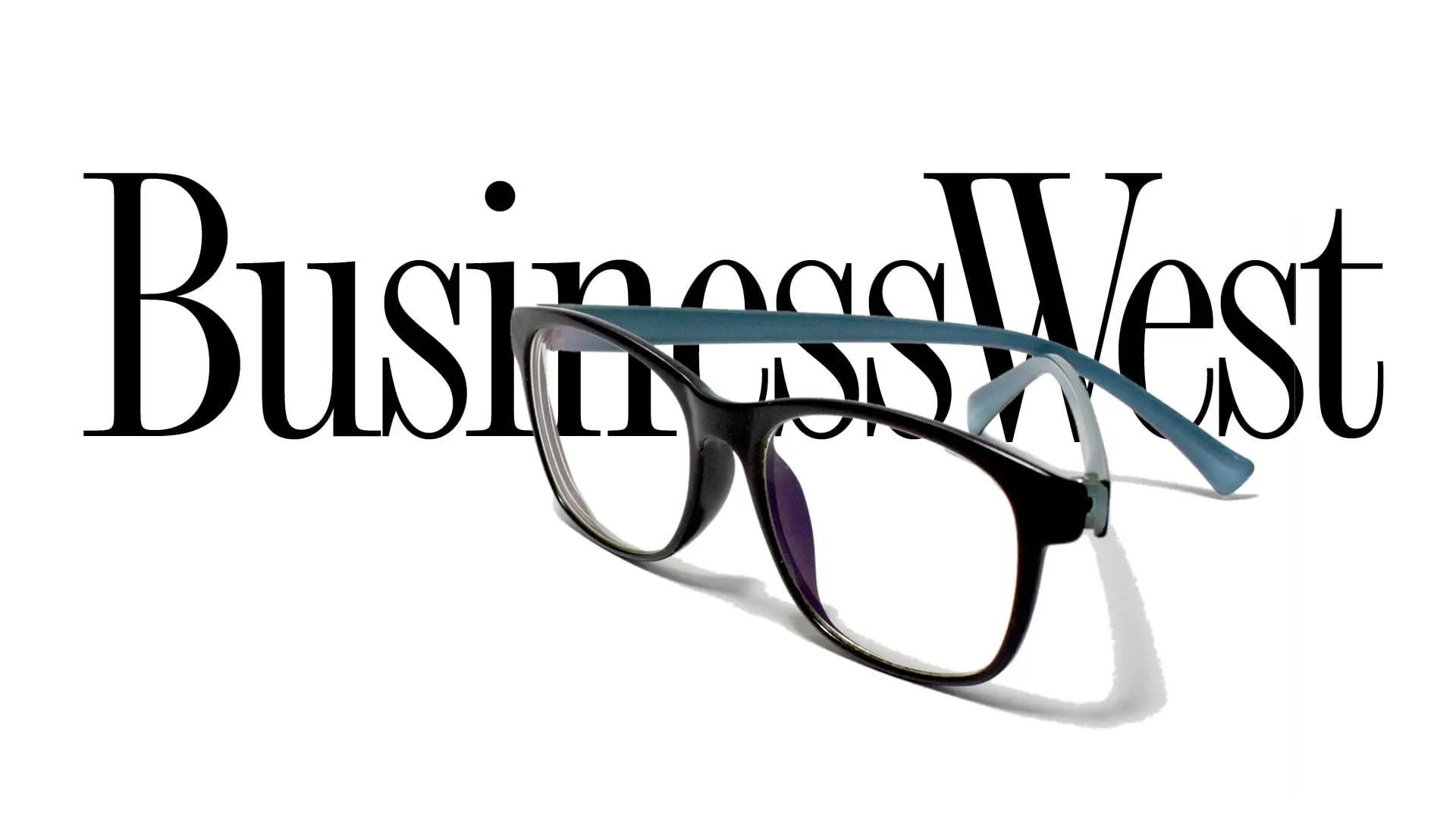
Building on an Asset
Editorial
In retrospect, it makes perfect sense — to the point that it should have happened 33 years ago, or more.
We’re talking about Hooplandia, the 3-on-3 basketball tournament taking place at the Big E fairgrounds and the Basketball Hall of Fame on June 23-25.
The 33 years is a reference to Hoopfest, a 3-on-3 tournament in Spokane, Wash. that has grown over those three-plus decades to encompass about 7,000 teams per year, a staggering figure. It’s a success story worth praise, even though some local leaders don’t love that Spokane refers to itself as Hooptown USA.
Because Springfield is the real Hooptown, right?
No one here is truly mad at Spokane for that, though. Instead, the organizers of Hooplandia are grateful that Hoopfest inspired the 413’s very own tournament, one they feel will only grow each year, maybe to the same level as Washington’s event (see story on page 40).
“Some of our earliest registrations were from far away,” said Gene Cassidy, president and CEO of the Eastern States Exposition. “We’ve got a couple from New Jersey and Maryland … and we’ve got a lot of Connecticut players; Connecticut obviously is a big basketball state. So it’s starting with a pretty broad footprint already, and I expect that to grow as well.”
It’s an example of taking an obvious regional asset — that being the birthplace of basketball and home of its Hall of Fame — and investing in that asset in a new way, while take advantage of another existing asset, the space afforded by the Big E fairgrounds.
If all goes as planned, that investment will bring immediate economic dividends (think hotels, restaurants, and other tourist attractions), and may multiply those dividends in future years, as the tournament expands its reach not only through the Northeast, but across the entire U.S., drawing even more people to Western Mass., who might just want to explore more of what the region has to offer during their multi-day stay.
It wasn’t too many years ago that the Springfield Museums leveraged the city’s fame as the birthplace of Ted Geisel into the Amazing World of Dr. Seuss Museum and accompanying sculpture garden, which have been key to attracting hundreds of thousands of visitors to the Museums from all 50 states and more than 30 countries.
In fact, so much tourism in Western Mass. springs from what already existed, whether it’s the homes of Emily Dickinson in Amherst and Edith Wharton in Lenox being turned into popular museums, or the historical structures in Deerfield and Sturbridge giving rise to living-history experiences, or the region’s abundant natural resources offering robust opportunities for skiing, whitewater rafting and paddling, rail-trail bicycling, ziplining, and so much more.
“Tourism in general has come back in varying ways,” said John Doleva, president and CEO of the Naismith Memorial Basketball Hall of Fame. “What we’re finding is that people want to get out. They want to do stuff.”
Well, Western Mass. is home to endless cultural, historical, and recreational ‘stuff.’ That’s one of its greatest assets. What Hooplandia proves — and hopefully keeps proving with exponential growth in the future — is that there’s always room for another great idea.





